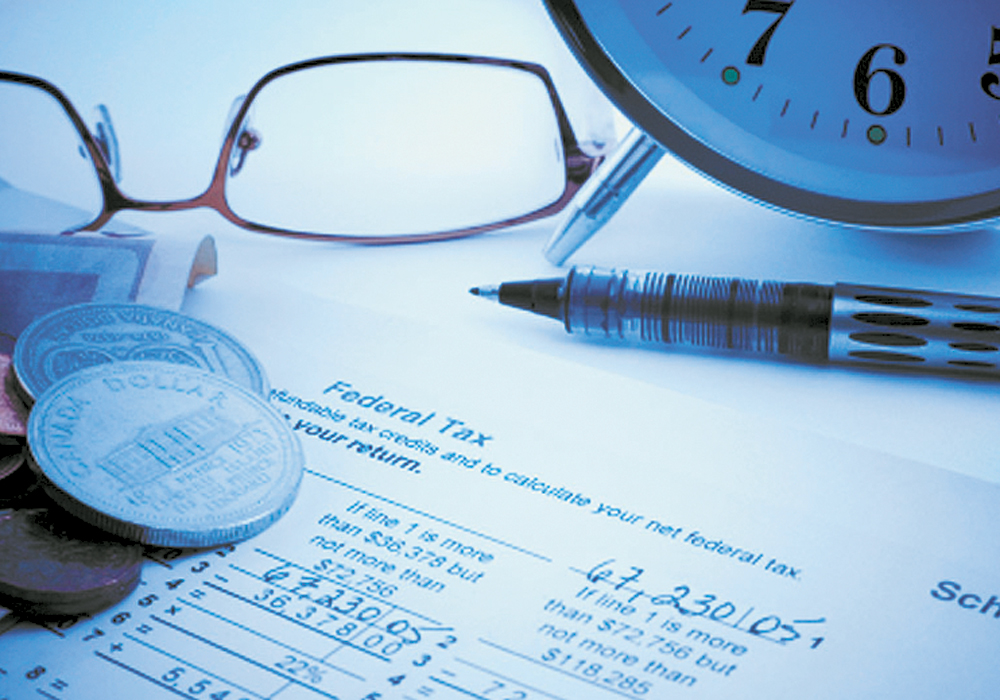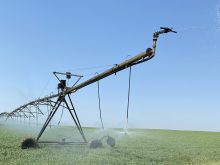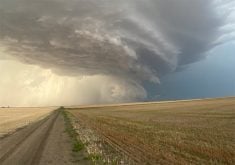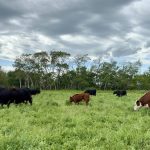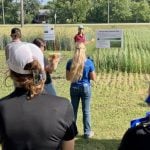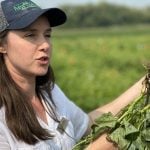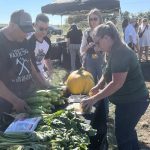Farmers have a number of options to use to avoid paying high taxes, but creating a plan with an adviser is the first step
When farmers retire, the chronic cash squeeze that plagued them throughout their working lives can often do a reversal.
All of a sudden, cash that otherwise wouldn’t be there pours in, putting them in a challenging financial position to avoid high taxes.
“When they pull the plug and enter retirement, it’s usually a big shock,” said Darcy Kendall, a chartered professional accountant with the Retiring Farmer, a company that deals with tax, retirement and estate planning.
“They are used to being able to deduct their lifestyle, but now all of those things are no longer deductible.”
Read Also
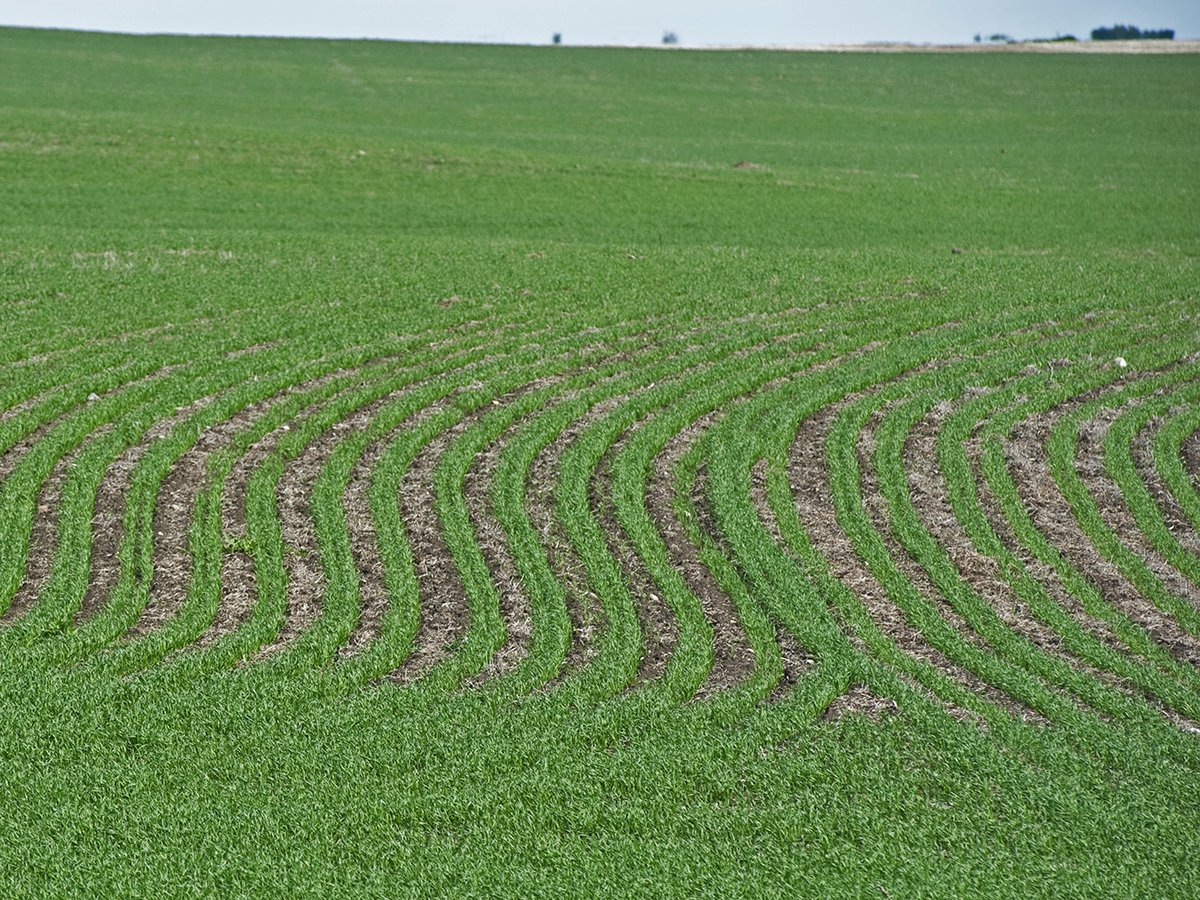
Rented farmland jumps 3.4 million acres in Saskatchewan and Alberta
Farmland rented or leased in the two provinces went from 25.7 million acres in 2011 to 29.1 million in 2021, says Census of Agriculture data.
Farmers may have to deal with large amounts of taxable income when winding down or transferring large assets, such as land, buildings, machinery, equipment, inventory and sometimes quota.
The sale of those assets generate income and are taxed differently, so strategies and long-term planning with the help of an adviser are key to paying as little taxes as possible, Kendall said.
“If you do sell assets to the next generation, you want to position yourself to pay as little tax as possible. You have to look at what you have after the transaction is done,” he said.
“It all comes down to planning. I know that gets said a lot, but there are a lot of moving parts in this. It is very important to have a comprehensive look at the situation and have all the pieces in place.”
However, the first tool to mitigate high taxes is through the lifetime capital gains exemption.
The exemption allows individuals to receive up to $813,600 of their capital gain tax free, the Royal Bank says in a brochure on farm retirement. Assuming the marginal tax rate is 45 percent, it could result in tax savings of $183,000.
The tax consulting firm FBC says on its website that principle residences on the farm are exempt from capital gains unless the corporation owns the house.
However, the exemption applies to qualified farm property such as farmland, buildings, shares in a family farm corporation, an interest in a family-farm partnership and quota under certain criteria.
If the capital gains exemption is no longer available, FBC said farmers should consider a mechanism called a reserve.
The reserve allows them to defer the reporting of gains, usually over a period of time no more than five years. However, if the reserve is being transferred to children, the gain can be spread over 10 years.
As for machinery and equipment, capital gain exemptions aren’t available. FBC said any gains is taxed at a producer’s personal rate in the year of sale, and 50 percent of any capital gain is also added to income.
As well, any sale of inventory is classified as farm income in the year payment is received. It’s taxed at a personal rate if the farmer is a sole proprietor or partner, or is taxed at the corporate rate if the farm is incorporated.
FBC said farmers must also plan around funds from Old Age Security, Canada Pension Plan, investments and savings.
The company said it is key to consider avoiding clawbacks from OAS. At 65, producers can become eligible for a taxable OAS benefit, but depending on the income level, a portion of the benefit could be clawed back.
As a result, it will be key to avoid such clawbacks by income splitting with a spouse, essentially lowering the higher earner’s income.
Decisions over when to draw on RRSPs will also be crucial.
If farmers don’t need RRSP income, FBC said it can be left in until the person turns 71. At that point, some of it must be converted into income.
FBC said farmers have several options when closing an RRSP: withdraw all money and pay all tax in one year; transfer funds to an annuity, transfer funds to a Registered Retirement Income Fund (RRIF) or a combination of these options.
While FBC said each option has its own tax implications, a RRIF is likely the best choice to minimize a heavy tax burden.
“It gives you more flexibility with the income stream and investment decisions,” the company said in the post.
Kendall said once the farmer has the cash, it needs to be managed well.
“The No. 1 rule a lot of the times is don’t lose the money. That’s the last thing people want to see happen,” he said.
“Getting quality advice is crucial.”
He said there are programs similar to a RRIF, which allow money to remain invested and therefore untaxed. It can also be drawn on for income without triggering high tax, Kendall said.
FBC said tax planning should be done several years in advance with the help of an adviser. Tax issues tend to be complex and highly dependent on individual circumstances.
“It’s therefore critical that tax-minimization strategies figure prominently in retirement plans,” it said in the post.


